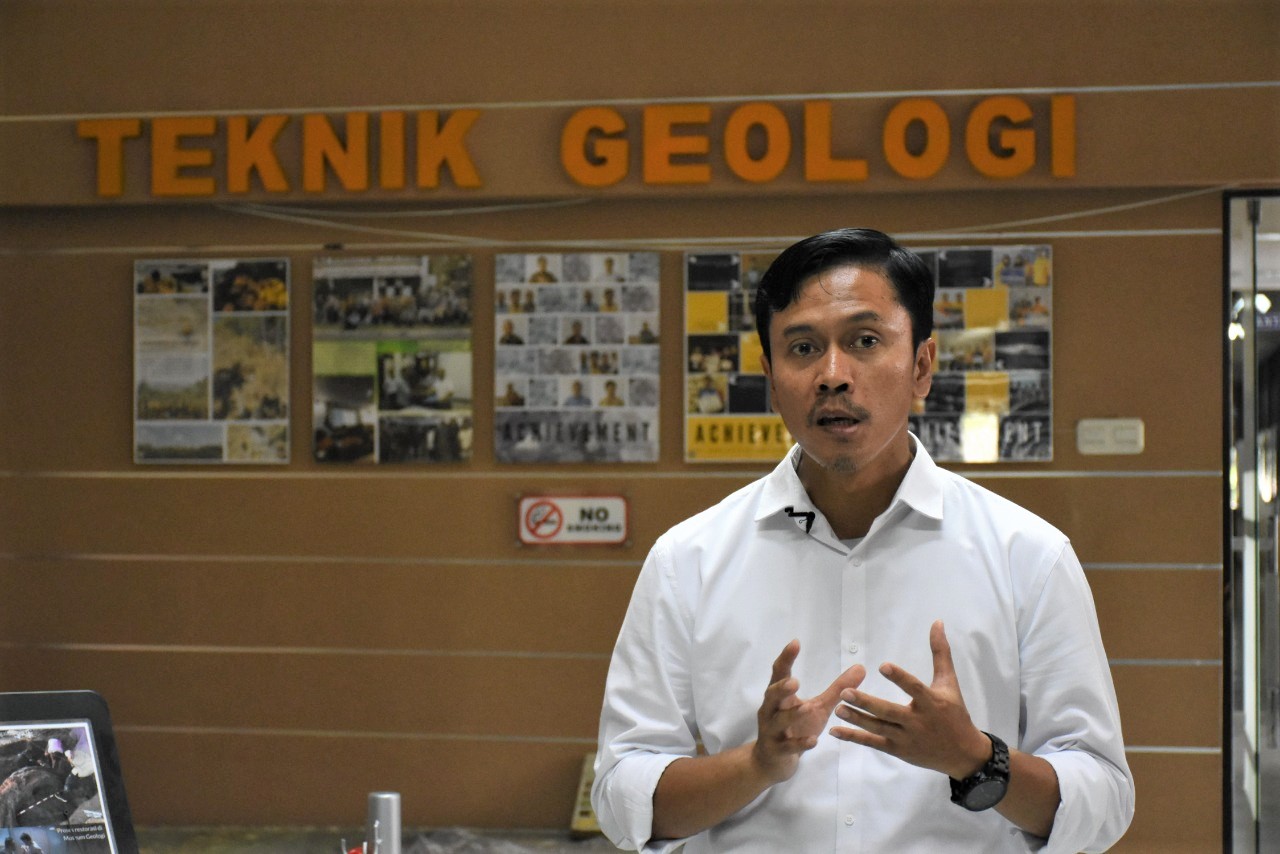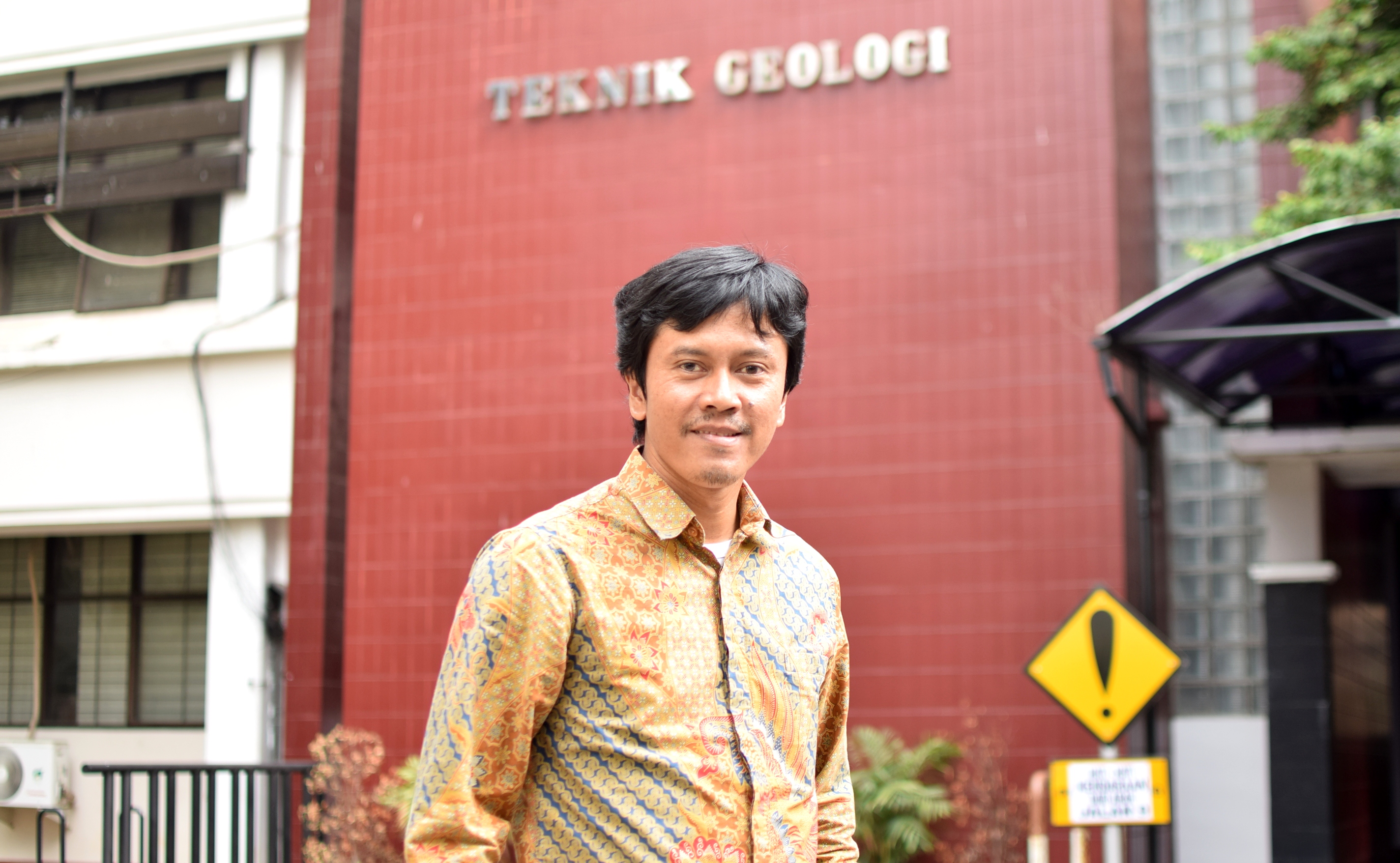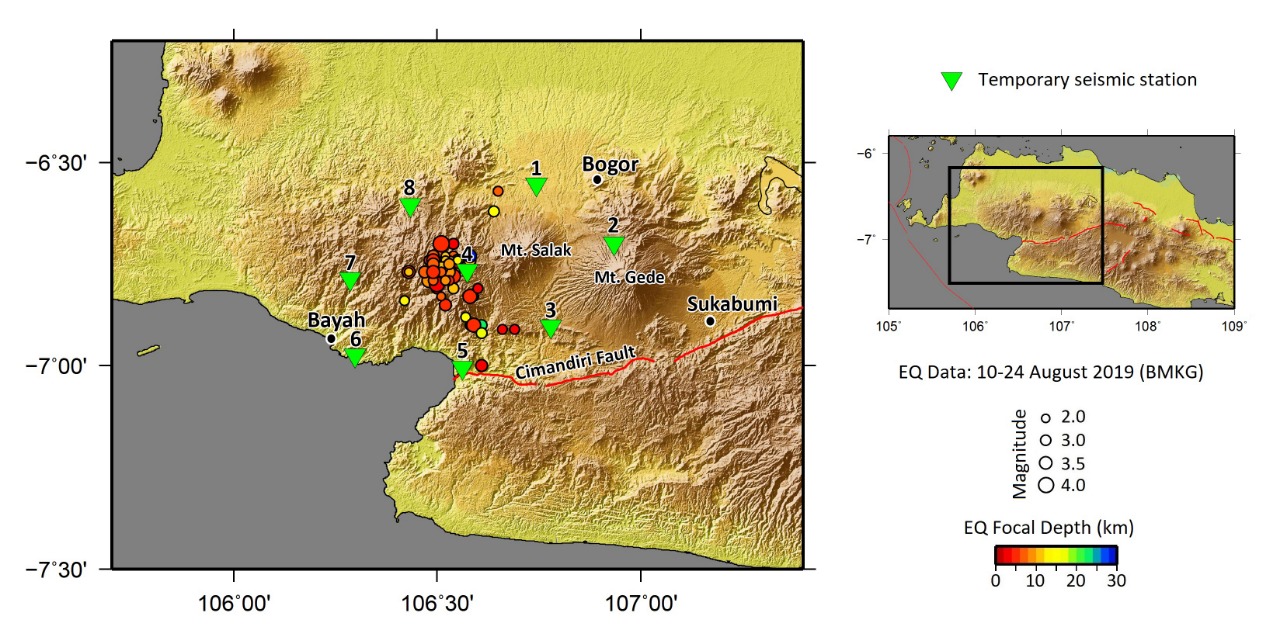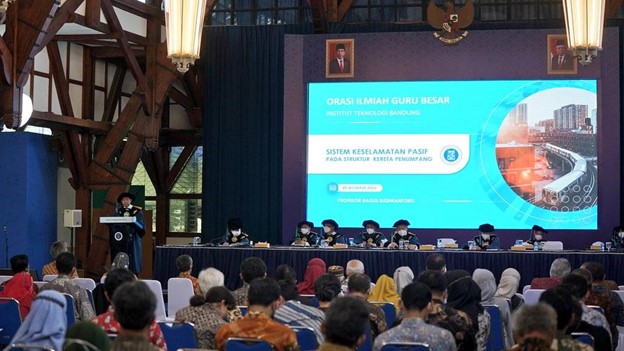ITB's Volcanologist, Mirzam Abdurrachman, Explains Mount Merapi's Type of Eruption
By Adi Permana
Editor Adi Permana

BANDUNG, itb.ac.id - Mount Merapi, which stands on Yogyakarta, had erupted on Tuesday (3/3/2020) at 05.22 Indonesian Western Time (WIB). According to a report from The Volcanology and Geological Hazard Mitigation Center (PVMBG) Ministry of Energy and Mineral Resources (ESDM) RI, the eruption spews 6000 meter-high grey ash column into the air. As recorded in the seismogram, it had an amplitude of 75 mm and lasted for 450 seconds.
Related to this fact, an ITB’s volcanologist, Dr. Eng. Mirzam Abdurrachman, S.T., M.T. explained Mount Merapi, Indonesia is one of the most active volcanoes in the world, except Mount Sakurajima in Japan and Mount Mauna Loa in Hawaii. Every year, those three volcanoes erupt. Basically, small eruptions occur every 4 years and larger ones every 10-15 years. However, that doesn’t need to be a concern for local residents by knowing a good self-mitigation practice.
As a lecturer from Geological Engineering Department, Faculty of Earth Sciences and Technology ITB, he explained that there is a categorization of volcanoes called Volcanic Explosivity Index. It ranges from 0 until 8. All volcanoes in Indonesia vary in between, with the highest record is VEI-8 owned by Mount Toba. "Mount Merapi is a VEI-3 volcano. So, it considered as explosive volcanoes. The erruption that happened yesterday were typical explosions from Merapi," he said to Humas ITB's reporter, Wednesday (4/3/2020)
Mr. Mirzam explained, VEI has a function to measure the relative explosiveness degree of volcanic eruptions. The calculation of VEI is quite simple. It measures how much volcanic material volume is ejected or visually can be observed by the height of the eruption column. "Through the eruption of Mount Merapi, local residents could actually find out based on its existing data that the height of the 6000 meters eruption column is at VEI-3 scale," he said. He added, usually VEI-3 volcanoes errupt 3 times per year.
According to Dr. Mirzam, if we compare Merapi's height of eruption column between 2018 eruption (5500 meters) and 2020 eruption (6000 meters), the energy increases. However, it can be intrepeted as an elevation of Merapi's activity or vice versa. A comprehensive monitoring of several parameters such as seismicity, size change of volcano, detection of released gases, and temperature change will give a definitive answer.
Learning to Live in Harmony with Mount Merapi
PVMBG does a very good monitoring related to volcanoes in Indonesia. Nevertheless, Mirzam said, local residents also need to know about self-mitigation practice by observing at the eruption phenomena that occur in volcanoes. He explained, the volcano hazards itself are divided into two groups, the first one called primary hazard, namely the dangers that occur together when the volcano erupts. The eruption spews volcanic ash, it can cause health problems and impaired vision for local residents. The other one named secondary hazard, which are dangers that occur after the eruption ends, such as the appearance of cold lava.
“After eruption ends, the volcanic ashes settle on mountainside. It accumulated with water and it goes down. The mixture of volcanic ashes, rocks, and water are called cold lava. The danger of cold lava as same as hot ones. But, hot lava can be anticipated with crater lakes. The term of cold lava itself was originally known from Mount Merapi’s eruption and then widely used for other volcanoes in the world,” he said.

Furthermore, Dr. Mirzam said, volcanic eruptions can be predicted through short-term and long-term predictions. For short-term prediction, we can predict it by volcanic activity such as seismicity, ground deformation, hydrology, and gas content. On the other hand, long-term predictions can be predicted from its period of eruption or by connecting the data of eruption time and the volume released. This prediction can minimize the impact of volcanic eruptions, both fatalities and materials.
He explained, in volcanology, there are two simple classifications of volcanic eruptions called effusive eruption and explosive eruption. Effusive eruptions are identic with the dominance of lava that releases out from a volcano, while explosive eruptions are identic with the dominance of volcanic ash that spews from a volcano. The eruption of Mount Merapi that happened yesterday was classified as an explosive eruption. "There are three stages of explosive eruption that must be considered, when the released material contains of stones, it comes to opening of lava plug stage or first stage, when the released material contains a lot of pumice, it has entered the main stage, and if the released material only contains volcanic ash, it reaches final stage. "By knowing these simple things, people, especially local residents are expected to be able to predict by themselves at what stage of an explosive eruption is," he said.
He said, currently School of Architecture, Planning and Policy Development (SAPPK) ITB and Geological Engineering Department ITB are doing joint research into affected areas by the eruption of Mount Merapi to become an educational tourism area. "Mount Merapi is one of the active volcanoes in Indonesia that can be used as a learning media for the community, especially for local residents, we can't move Merapi, but we can live in harmony with it," he said.
Translator: Billy Akbar Prabowo

.jpg)

.jpg)
.jpg)
.jpg)


